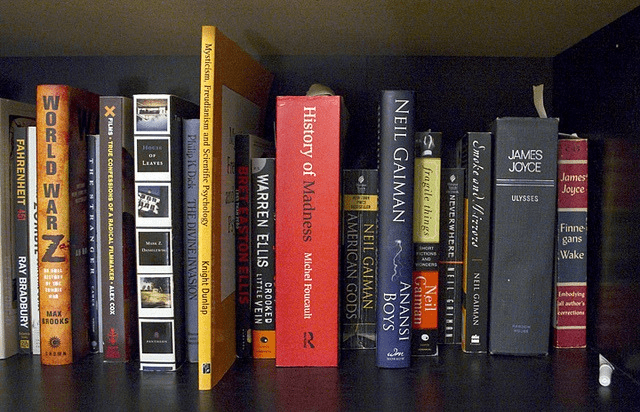If you want to enjoy the advantages of printing, consider these factors when choosing book printing companies to publish your book.
- Check the accepted file formats.
When organizing documents for printing, be sure to check the file formats accepted by the company first. For the best quality, look for a printer that accepts multiple file types. Different forms of content are intended to be saved in different file formats. For example, photos should be saved as high-quality JPEGs, texts should be saved as Word documents, and graphics should be saved as PNGs. If the Chinese printers you’re considering doesn’t give you flexibility, it might be wise to look for a professional Chinese printer that does.
- Utilize in-house designers and online proofing.
Two other features to look for when choosing a book printing service include in-house design and online proofing. An in-house designer will ensure your book is laid out professionally, and the ability to proofread pages online before your book goes to print will ensure you catch any content errors before it’s too late.
- Consider printing options.
Find a company that specializes in offset and digital printing. This will give you flexibility and ultimately make the project more cost-effective. The advantages of digital printing include lower set-up costs for small batches, lower minimum quantities, and the ability to print only the quantities needed. However, offset printing is a cost-effective method when dealing with increased volumes, larger paper types, and special finishes such as metallic and Pantone inks.
- Research the binding method that works best for you.
Depending on the size of your book, there are some binding options available to help keep costs down. The most professional books are usually perfectly bound, perfect for books of 120 pages or more. However, if you are using 120 pages or less, I recommend square-back binding. This type of binding is a fairly new option that offers the same professional, polished look as a perfectly bound book, but at a fraction of the cost.
- Don’t forget the importance of paper.
Most printers start with 70 grams of paper (the weight of regular copy paper) and go up to 200 grams for the cover. This type of paper has a smooth glossy finish or a matte finish. It produces vibrant colors and professional image quality. This type of paper is ideal for covers and special inserts. For the main pages of the book, consider using 80g Matte Text, which is finely coated and finished with a non-gloss finish. This will provide an excellent opaque base for clear and easy-to-read typography.
- Choose your typography carefully.
When choosing a font, your first priority should be readability. Unique or paid fonts can be used in moderation for the cover or the first few lines of a chapter, but when it comes to the story, be sure to use a legible font. Body text usually requires a standard font such as Times New Roman, Garamond, or Book Antiqua. Sizes may vary based on book size, target audience and layout.
When it comes to book publishing, the printing industry still occupies a very important position. By considering the above factors, you can be confident that the final physical printing product is as good as the story it carries.
